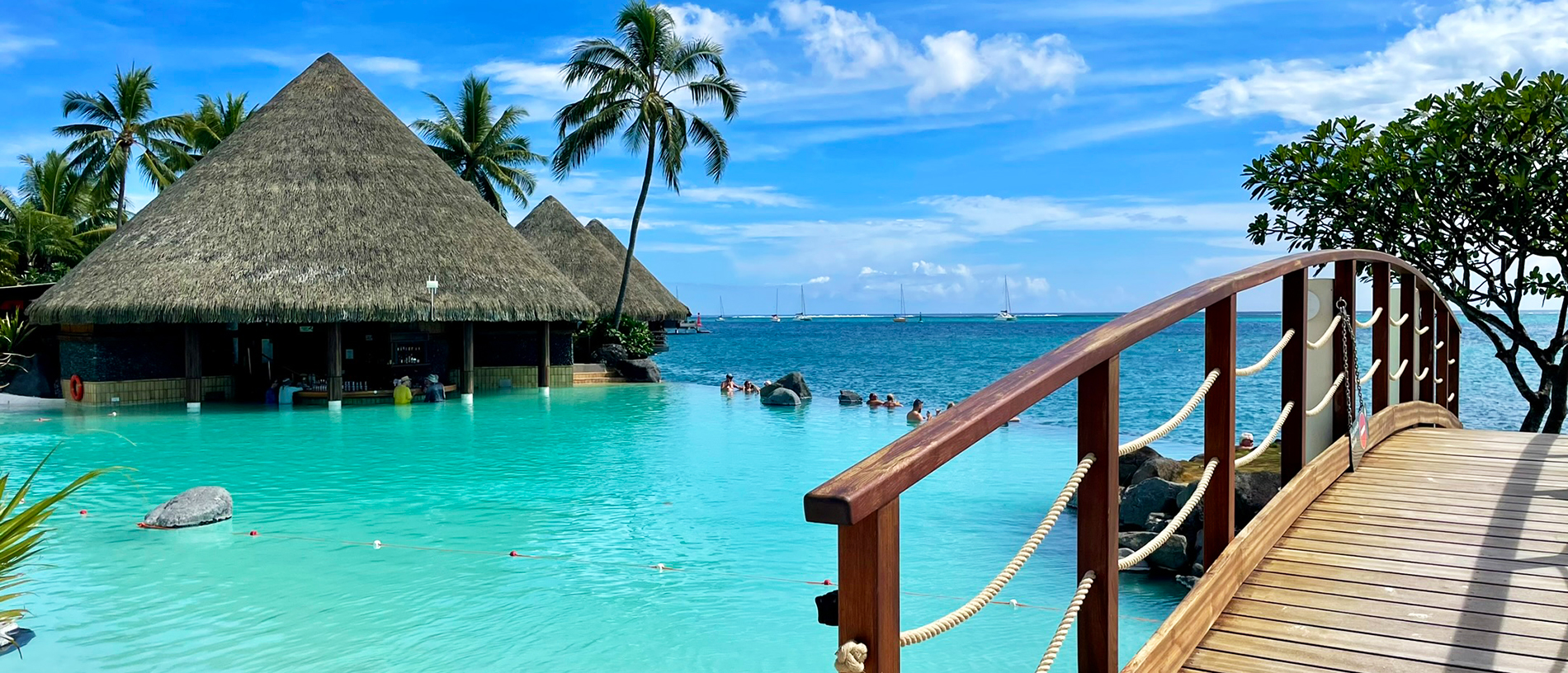
Tahiti: short, sweet and sticky
Visit the island of Tahiti for inland safaris, ocean adventures and stylish resorts.

From Little India to Chinatown to the Arab Quarter, the tiny city state of Singapore provides a taste of the world.
It was a most unexpected place to find a woman in a Stetson hat, frayed denim shorts and cowboy boots leading a public line-dancing session. The crowd followed her toe-tapping rhythm as jaunty music echoed off Singapore’s impressive Buddha Tooth Relic Temple.
In the breeze, red paper lanterns swayed along with the hips of the dancers. Beneath a plum tree, other people congregated to play checkers. Opposite the temple, youths in baseball hats surveyed the dancers’ moves.
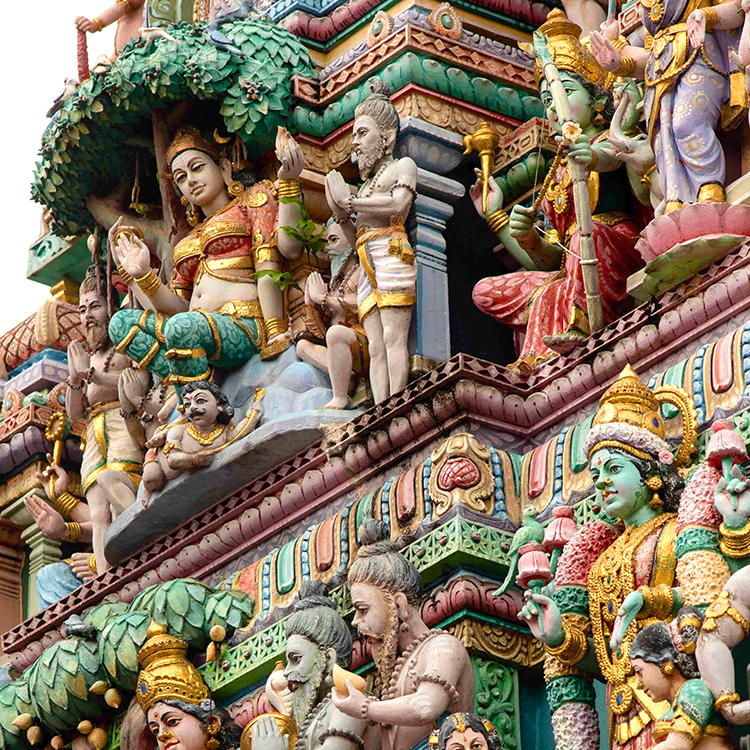
We’d come to Kreta Ayer Square in the heart of Chinatown to admire the impressive five-storey temple, known for its extensive collections of Buddhist art and history. To get there, we’d wound our way through the busy Chinatown streets lined with market stalls and shops selling everything from phone accessories to baby clothes, perfumes and pungent durian fruit.
We were in multicultural Singapore with our teenagers, experiencing an ‘around-the-world’ trip, all within a country approximately 28km from north to south and 55km wide. We’d visited Little India where the Hindu temples were colourful and ornate, meandered through the narrow streets of the Arab Quarter, window-shopped at the exclusive emporiums gracing the colonial Raffles complex (built after the British occupied Singapore in the 19th Century), and been seduced into trying more than our share of delicious dishes at the hawker food markets in Chinatown.
Our hotel, The Clan, embraces the city’s Chinese heritage. We’d been welcomed with a traditional ceremony including fine oolong tea poured as our tea master regaled us with stories of the early Chinese settlers. Glass encased umbrellas were displayed on the walls of the reception area, with the note ‘The Clan umbrella signifies that we will take care of you like you are one of our very own. Shelter, protection, kinship.’
To help familiarise us with the area’s history, our Clan Keeper, Sam – the personal advisor assigned to help us feel at home – led us on a tour of the district where this luxurious hotel was opened in 2021.

We followed him into the afternoon heat to explore the heritage area and walked no more than two minutes before reaching the ornate Fuk Tak Chi Museum, formerly one of Singapore’s oldest Chinese temples, established in the 1820s by Cantonese and Hakka immigrants.
The museum sits on Telok Ayer Street, which was designated a Chinese district by the British in 1822. Sam led us to a model in the museum’s courtyard, which shows the original threshold of the building as it would have been in those early days, with the peninsula’s coast lapping directly outside. Thanks to land reclamation that began in 1879 it is now two kilometres from the Singapore Strait, and there’s a sea of modern high-rise buildings and parklands between this historic structure and the many giant ships moored in the bay.
“Where we’re standing now was the landing point for immigrants, Chinese people who escaped poverty in the 1800s for a better life,” said Sam, who hails from the Philippines but now calls Singapore home. These days the country has four official languages – Mandarin, Malay, Tamil and English.
We followed our Clan Keeper past colourful historic shophouses. The decorative two-storey buildings remain thriving business premises for tailors, cafés, bakers, and even a store displaying antlers and horns.
At Thian Hock Keng Temple, Singapore’s oldest Buddhist place of worship dedicated to Mazu the goddess of the sea, we paused to admire the ornate structure, built without the use of a single nail.
At Maxwell Food Centre, large speakers blasted Chinese music as we sipped sugar cane drinks. We planned to sample the Hainanese chicken rice at the Michelin-rated Tian Tian stall later that day.
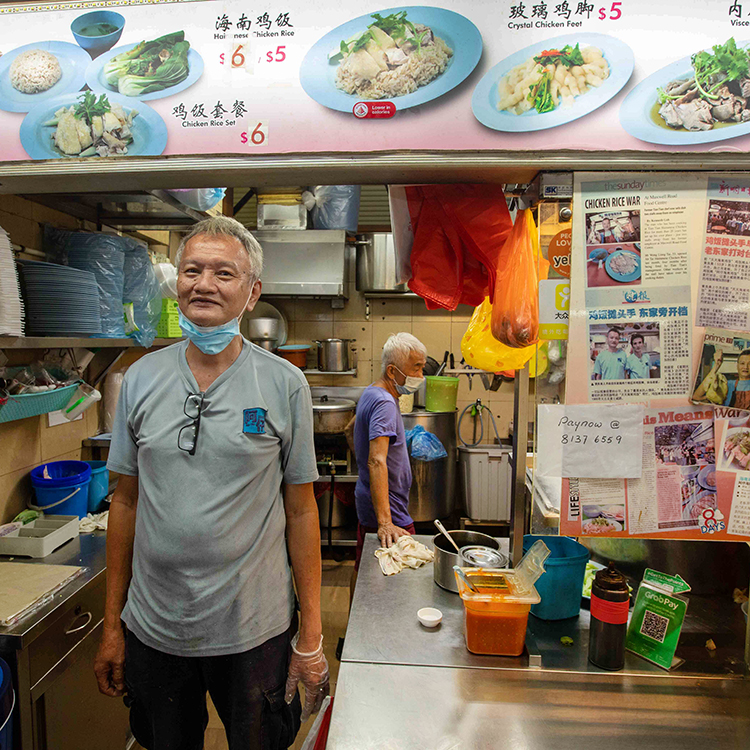
To gain a better understanding of Singapore’s transformation into a global hub, Sam led us into the nearby City Gallery. Inside the modern building, an exhibition featured stories of settlers and a giant diorama provided a birds-eye view of the impressive development.
Exploring on our own later, it struck us just how green this city is, despite being so urbanised. It seemed wherever we looked, we were never far from lush greenery; a number of hotels literally appeared to be covered in hanging gardens.
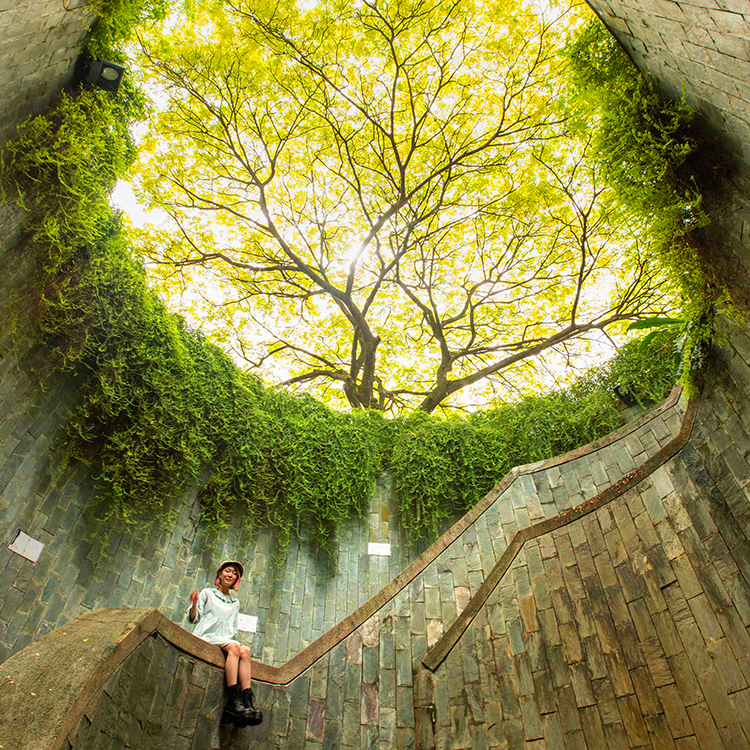
At Fort Canning Park the green spaces were being enjoyed not just by city picnickers, but also joyful cicadas, their high-pitched vibrations drowning the distant growl of Lamborghinis, Porsches and Aston Martins.
Once known as Bukit Larangan, this was the centre of 14th Century kingdom Singapura. Sir Stamford Raffles, the founder of modern Singapore, was an avid naturalist and influenced the exotic plant collection introduced to this green lung.
Our around-the-world experience extended to high altitude rainforest on more reclaimed land that now accommodates the 101-hectare Gardens by the Bay. At the northern edge of this park, famous for its grove of human-made super-trees and overlooked by the iconic 57-storey Marina Bay Sands hotel, sits the Cloud Forest. The pathway that winds through this magnificent domed greenhouse starts at Māori tōtara wood carving Tāne Te Waiora Kūwaha, which stands alongside a 30m waterfall and represents a symbolic doorway celebrating cultures, beliefs and identities.
The biome houses plants from all around the world, including species of tree ferns, begonias and orchids, some with flowers that small magnifying lenses are provided to view them.
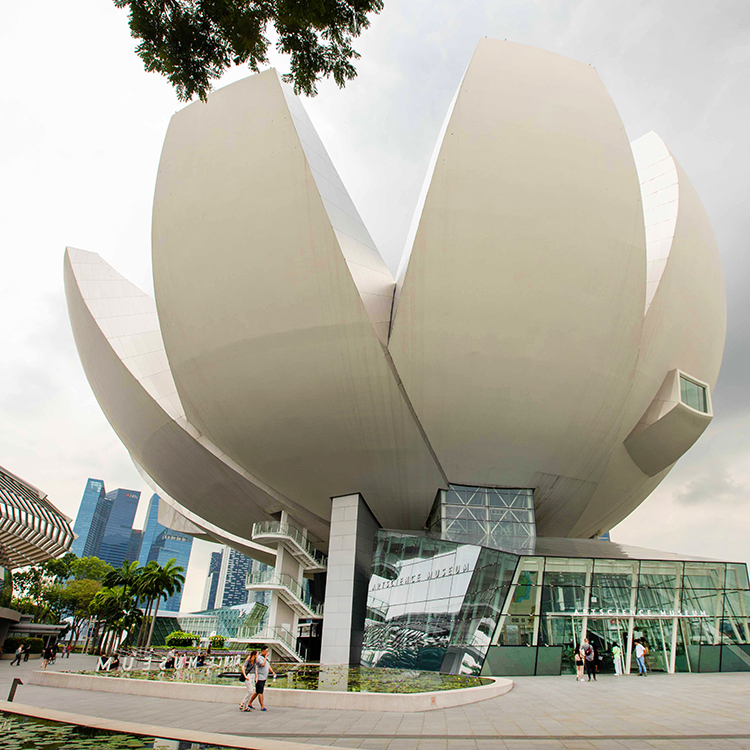
In a hunt for cooling refreshment, we made our way back towards our Chinatown base through the air-conditioned Marina Bay Sands Mall, a luxurious multi-level shopping centre with its own indoor Venice-like canal. Here, shimmering stores of top designers and luxury brands include the biggest names like Gucci, Cartier, Tiffany & Co, Prada, Dior and Jimmy Choo.
In contrast, the next day we headed to packed and steamy Little India, where the hot Sunday afternoon streets were teeming with chattering men jostling between places of worship and outlets selling garlands of fresh marigolds, magnificent gold jewellery and displays of shimmering sari fabrics. Many carried shopping bags filled with produce bought from stalls which displayed their wares like works of art – rainbows of carefully arranged lemons, gourds, limes and bouquets of fresh coriander.
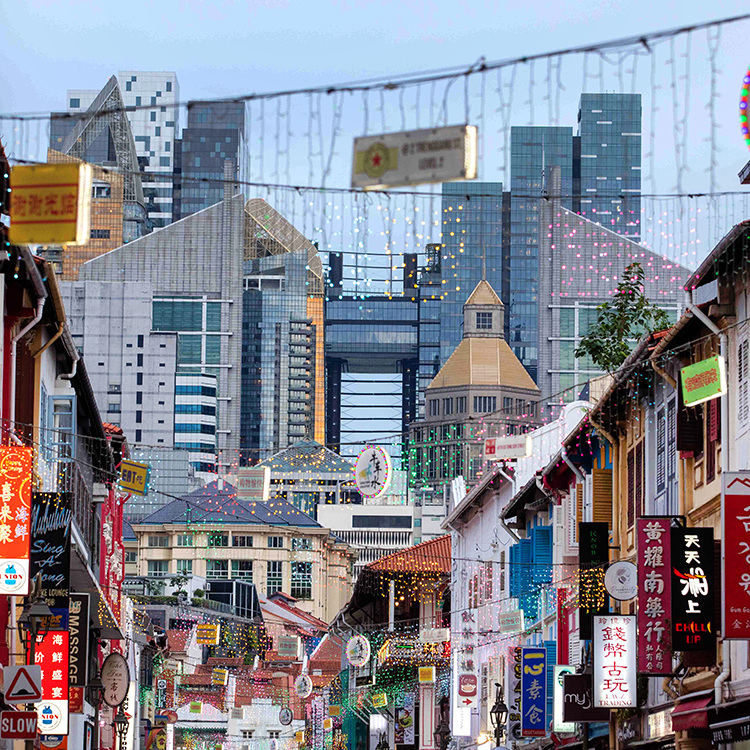
From here it was a short walk to Kampong Glam, Singapore’s Arab Quarter, where the call to prayer from Sultan Mosque echoed above the chatter of those at streetside cafés. This magnificent building, with its distinctive golden domes and minarets is a prominent landmark.
In such a cosmopolitan country it shouldn’t have come as a surprise to discover the mosque was designed by an Irish architect, or that so many cultures come together in this space. We passed men wearing long tunics, women wearing hijab and colourful headscarves, boutiques selling kaftan, pashminas and tie-dyed T shirts. I watched as a group of ladies in jeans and trainers posed for a photo between a European bakery and Turkish restaurant and had no doubt the line dancer we’d seen outside the Buddhist temple would have felt right at home here in her Stetson, too.
This story is from the Winter 2025 issue of AA Directions magazine.